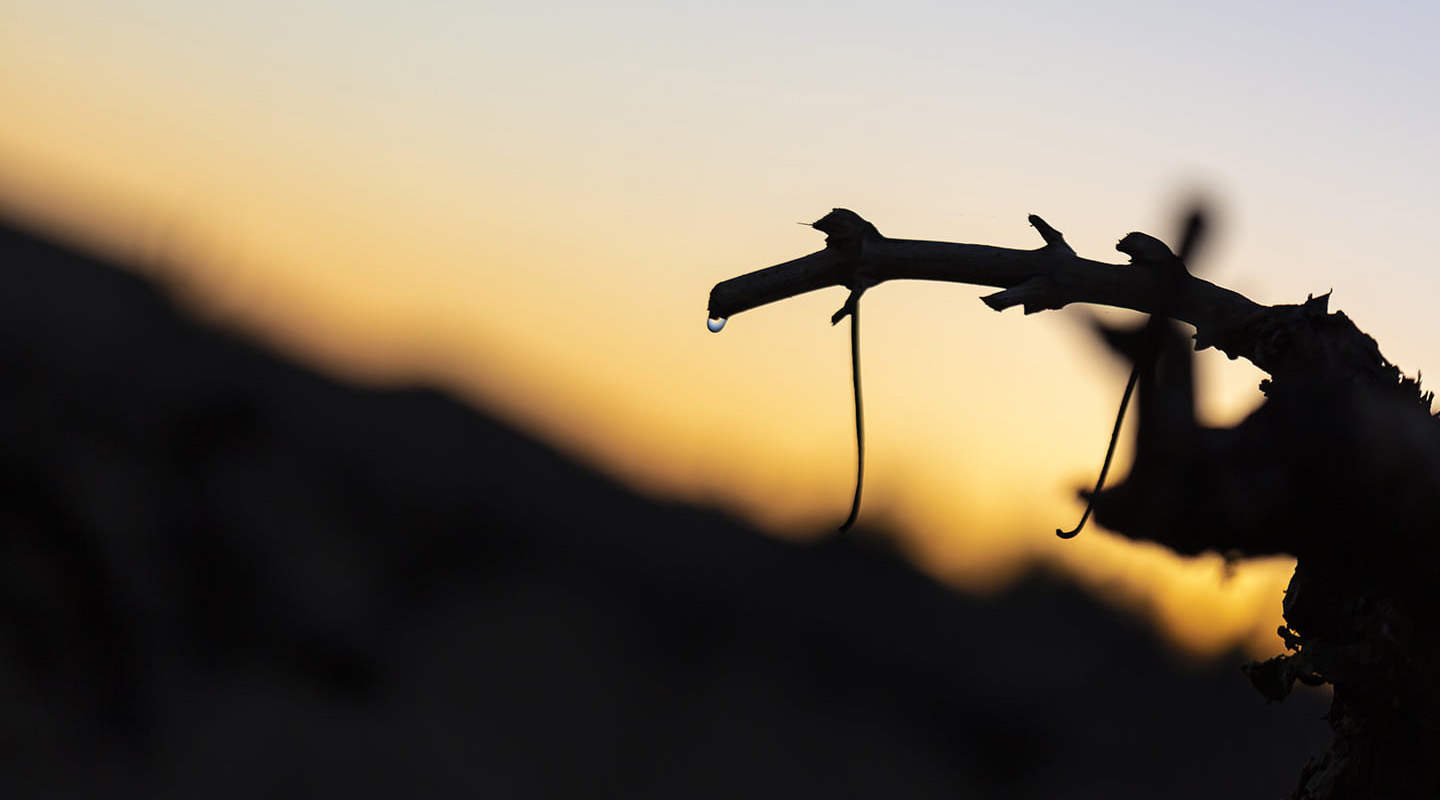Chateau Beau-Sejour-Becot
关于我们
-
产区Saint-Emilion
-
地址1 LIEU DIT LA CARTE, 33330 ST EMILION
-
葡萄园面积
-
电话+33 05 5774 4687
-
传真+33 05 5724 6688
-
网站www.beausejour-becot.com
Château Beau-Séjour Bécot is a Bordeaux producer in Saint-Émilion, with a Premier Grand Cru Classé B status based on the 1955 classification. Bécot is known for its Merlot-dominant blends, common among Saint-Émilion producers.
The estate dates back to the Middle Ages, when the property had vineyards cultivated by monks of the Saint Martin Abbey. Eventually it came under the ownership of General Jacques de Carle, a member of the prominent Figeac family, who renamed the estate to Beauséjour in 1787. In 1869, the property was divided between the two children of Pierre-Paulin Ducarpe. His daughter inherited the château and half the vineyards before marrying, leading to the modern estate of Château Beauséjour (once Château Beauséjour-Duffau-Lagarrosse). Ducarpe's son inherited the other half of the vineyards and kept the name Beauséjour. In 1924, Doctor Jean Fagouet took ownership of the estate and renamed it to Beauséjour-Dr-Fagouet, and finally, in 1969, it was bought by Michel Bécot, giving the estate its modern name, Château Beau-Séjour Bécot.
The vineyards have an average vine age of 40 years, and are planted predominantly to Merlot, with some Cabernet Franc and a very small amount of Cabernet Sauvignon. The grand vin is made of a similarly proportioned blend, as is the second wine, Tournelle de Beau-Séjour Bécot. The Bécot family also own Château La Gomerie, a garage wine made with 100 percent Merlot from a 2.5-hectare (6-acre) vineyard and in very limited quantities: roughly 1000 cases annually. A third estate, Château Joanin Bécot produces a Côtes de Bordeaux Castillon.
From 1985 to 1996, Château Beau-Séjour Bécot was demoted from the grand cru classé B status to the broader grand cru classé designation. Michel Bécot had incorporated two other vineyards into the estate without the approval of the INAO and against the Saint-Émilion classification rules. Michel Rolland came aboard as a consultant and the estate regained the more prestigious status in 1996, based on the quality of the wine.


